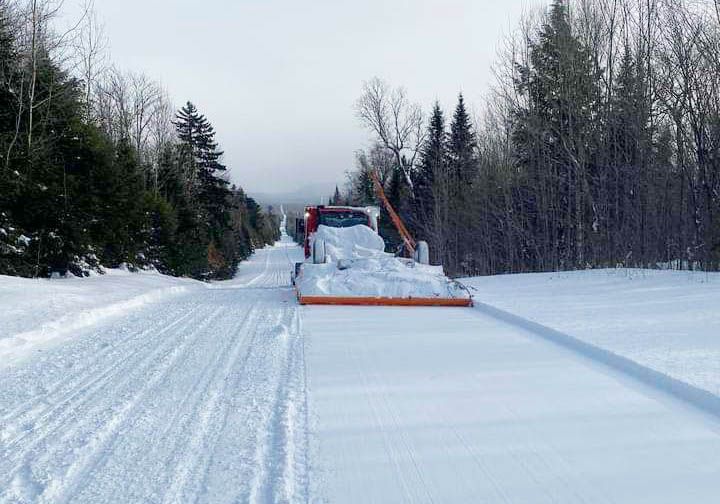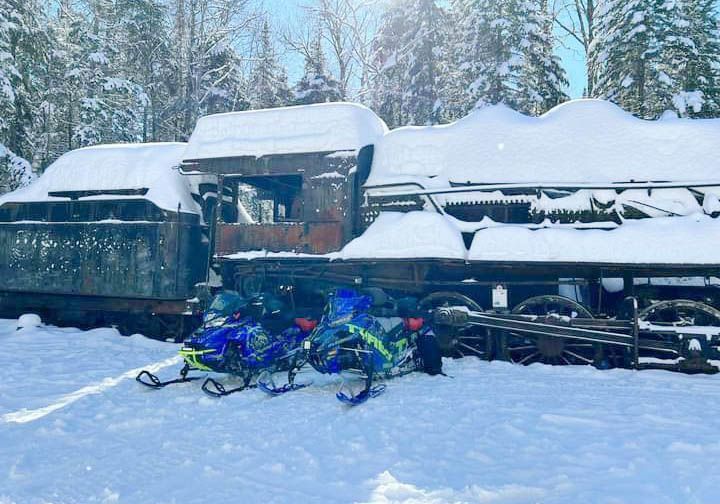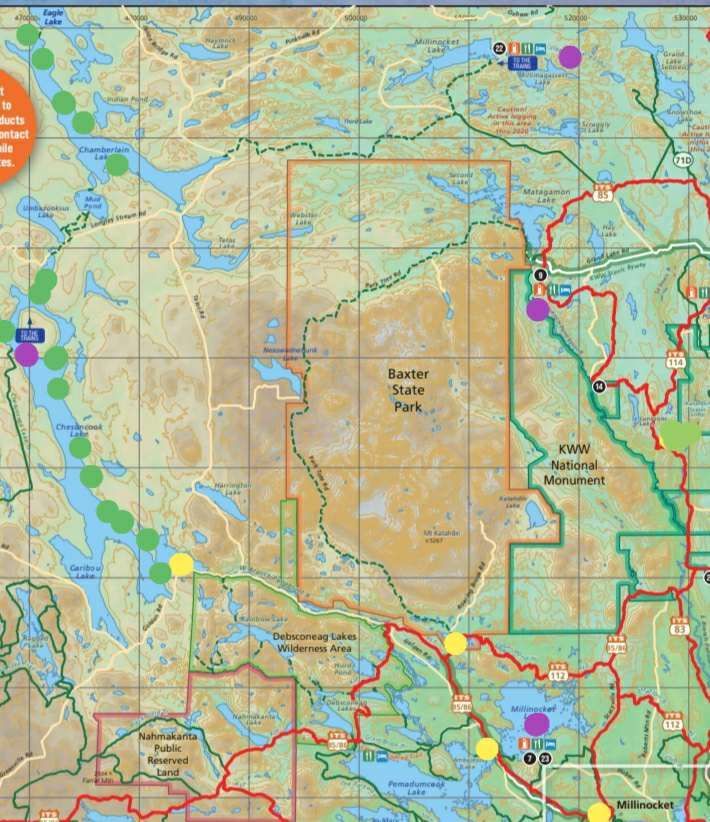Exploring the Remote Rails
Routes courtesy of John Moore II
Starting Point #1: Northeast Timber Cruisers Parking Lot
(175-to-225-mile round trip excursion)
Start your adventure at the Northeast Timber Cruisers Parking Lot, your gateway to the expansive ITS 85/86 North trail that guides you to Matagamon. This path guarantees a haven for snowmobilers, featuring meticulously groomed trails and awe-inspiring scenery. As you throttle up your snowmobile, get ready to plunge into the breathtaking winter landscape of northern Maine.
*Northern Timber Cruisers address: Millinocket Lake Road – 1 mile from the Katahdin General Store*
Starting Point #2: Northwoods Trading Post
(175-to-225-mile round trip excursion)
For those seeking an alternative starting point, head to the Northwoods Trading Post between Millinocket Lake and Ambajesus Lake. While the post may not be open during the winter, the ITS 85/86 North trail awaits your exploration. You can also venture onto the Baxter State Park Tote Road to Matagamon or connect to ITS 112 West, adding flexibility to your journey.
A special note for adventurers opting for the Tote Road: brace yourself for an ungroomed trail with a 20-mph speed limit. The slower pace lets you fully absorb the surrounding winter magic, making it a unique and memorable experience.
From Matagamon Lake, the adventure continues north on ITS 85. Navigate the northwest trail towards Libby Camps, where the trail splits, offering two enticing options. Go north to Libby's or west to Chamberlain Lake, each promising a unique and thrilling experience.
The journey down Chamberlain Lake covers 16 miles, leading you to the northernmost tip of the lake. A trail to Eagle Lake will lead you to the trains. Last year, the Allagash Headwaters Snowmobile Club also groomed a trail down Eagle Lake.
Click here for the Baxter State Park Winter Use map.
*Northwoods Trading Post address: 1605 Baxter State Park Road, Millinocket*
Starting point #3 ~ Abol Bridge – Millinocket
(175-to-225-mile round trip excursion)
The Abol Bridge parking lot provides access to 85/86 to the Baxter Park Tote Road or traverse west to ITS 112 and North 85/86 to Matagamon.
*Abol Bridge directions: 18 miles up the Golden Road from Millinocket or see attached map -Winter Use Map 17. *
Starting point #4 ~ Chesuncook Boom House
(80-mile round trip excursion)
(FMI contact maineboomhouses@gmail.com for the ongoing restoration efforts)
Embark on an exhilarating snowmobiling journey with Trip #3, where you'll trailer to the Chesuncook Boom House & Museum. (directions below). This adventure unfolds as you head north, covering 16 miles along the stunning Chesuncook Lake to reach the quaint Chesuncook Village. It's not just a ride; it's an exploration of scenic landscapes and unique stops that define the beauty of Northern Maine.
Your starting point takes you through the serene Chesuncook Lake, leading to Chesuncook Village. This picturesque village is the sole fuel stop on this route, offering a chance to refuel while taking in the charm of the surroundings.
Continuing northeast, the trail winds around Gero Island, guiding you toward the Umbazooksus East Campsite.
The adventure takes you over Mud Pond, across Mud Cove, and onto the expansive Chamberlain Lake. Revel in the thrill of gliding over frozen waterways.
Arriving at the northern tip of Chamberlain Lake, take the connector trail to Eagle Lake and finally home to the remote trains. This segment covers approximately 22 miles from the village to the trains, offering a journey of history and discovery.
*Chesuncook Boom House address: Take the Golden Road and turn off at mile marker #32. *
Important Travel Tips:
It's strongly advised that you do not travel to this remote destination alone because of the potential risks along the way. This type of trip covers vast territory with very little, if any, cell phone signal. Though GPS provides a general idea, following appropriate signage – when posted - is crucial.
Let a friend know where you are going and how long your adventure will take. Always call ahead; check in with reliable sources like Allagash Wilderness Waterway Foundation for current lake/trail conditions. As of 1/24/24, lake and trail conditions are still unsafe; more freezing is required. Always consider pressure ridges when traveling on any frozen body of water. Pressure ridges on the lakes can change daily, so be vigilant and check with the locals if possible. Never ride past the markers in front of Ripogenus Dam, as thin ice is always present.
When traveling along the Golden Road by vehicle, always pull over and give logging trucks the right of way!
Resource for lake conditions: Allagash Wilderness Waterway Foundation www.awwf.org or www.facebook.com/allagashfriends
Trail resources: Baxter State Park: https://baxterstatepark.org/2023/01/17/1-17-2023-trail-conditions
Northeast Timber Cruisers: (207) 723-6203
www.northerntimbercruisers.com/ or www.facebook.com/northertimbercruisers
Fuel and Food Stops:
As you traverse the trails, fuel and food stops become essential. Fortunately, you'll find convenient pitstops along the way. River Driver's Restaurant, Matagamon, and Libby Camps offer a chance to refuel and recharge. The Chesuncook Lake House also has fuel. While Libby's may not be directly on the route, it's a worthwhile detour for those looking to enhance their snowmobiling adventure with a deserving break. When planning routes, contact these facilities. Always call ahead to ensure operating hours.
History: Exploring the Past: Chesuncook Lake, Ripogenus Dam, and Historical Locomotives
Embark on a historical journey as you traverse the extensive Chesuncook Lake, covering 22 miles. Also known as Caribou Lake in its southwestern expanse, this lake offers a captivating backdrop of unspoiled beauty. One of the area's historical landmarks, the Ripogenus Dam, is a testament to the region's industrial past. Erected in 1916 to power the Millinocket paper mill, this dam, funded privately, remains the largest storage reservoir ever constructed. Today, it continues to regulate the lake's water level, preserving its historical significance.
Your journey unfolds towards Chesuncook Lake House, a pivotal stop on this historic trail. As the sole fuel stop in the area, it’s always a good idea to top off the fuel gauge. Contact Chesuncook Lake House for details on the amenities provided. Remember that trail routes may change frequently due to ongoing logging operations. Take advantage of this stop to inquire about updated trail reports, ensuring a smooth and informed expedition.
Upon departing from Chesuncook Lake House, the route extends three more miles across Chesuncook Lake. Traverse this picturesque stretch, passing over Mud Pond to reach Chamberlain Lake. An extraordinary sight awaits here: massive locomotives dating back to 1897, abandoned since 1933. These historical relics are silent witnesses to a bygone era, offering a unique glimpse into the region's rich industrial history.
Navigating the Remote Rails: Insights from Maine Guide John Moore II
For those venturing into the remote landscapes of northern Maine, Maine Guide John Moore II's experience is invaluable. Here, we share his insightful tips to ensure a safe and enjoyable journey.
1. Stay Informed:
Weather and trail conditions can be unpredictable, changing daily. Stay informed and plan accordingly. Regular updates on the current situation will help you make informed decisions throughout your expedition.
2. Mind the Terrain:
Exercise caution, especially when encountering slush and thin ice near moving water. John advises riders to be vigilant in such areas, prioritizing safety over speed.
3. Snowstorm Precautions:
Avoid heading out in a snowstorm, as the limited cell coverage in remote areas may pose communication challenges. Safety should always be a priority, and planning your ride during clearer weather is advisable.
4. Fueling Strategy:
Fuel stops are limited on the route, with Chesuncook Lake House, Matagamon, and Libby Camps standing out as key points. John suggests topping off fuel consistently, especially when riding through the North Maine Woods. Being strategic with fuel ensures a smoother journey without unexpected interruptions.
Why Choose a Maine Guide like John Moore II:
Having a knowledgeable guide like John Moore II can elevate your adventure. His comprehensive knowledge encompasses up-to-date information, emergency preparedness, survival gear essentials, and a profound understanding of the region's flora, fauna, and wildlife.
Contact John Moore II:
For those seeking a guided experience or additional insights, contact John Moore II at johnmooreii@hotmail.com. You can also connect with him on YouTube at Chesuncook Village Guide Service and Facebook under John Moore II.
Conclusion
Embark on this snowmobiling expedition through Northern Maine, where the trails wind through picturesque landscapes and charming winter havens. Whether you choose a groomed ITS 85/86 or the rugged charm of the Tote Road, every twist and turn promises an adventure to remember. Fuel up, grab a bite, and let the snow-covered trails of Maine become the backdrop to your winter adventure.
Map Key for Snowmobile Routes
Yellow ~ Unloading Zones
Purple ~ Food & Fuel
Green ~ Primary Route to the Trains
Go Northeast Snowmobiling Blog
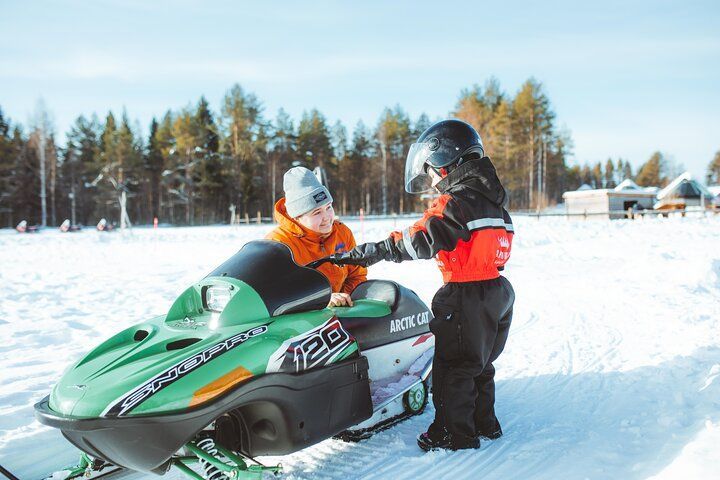
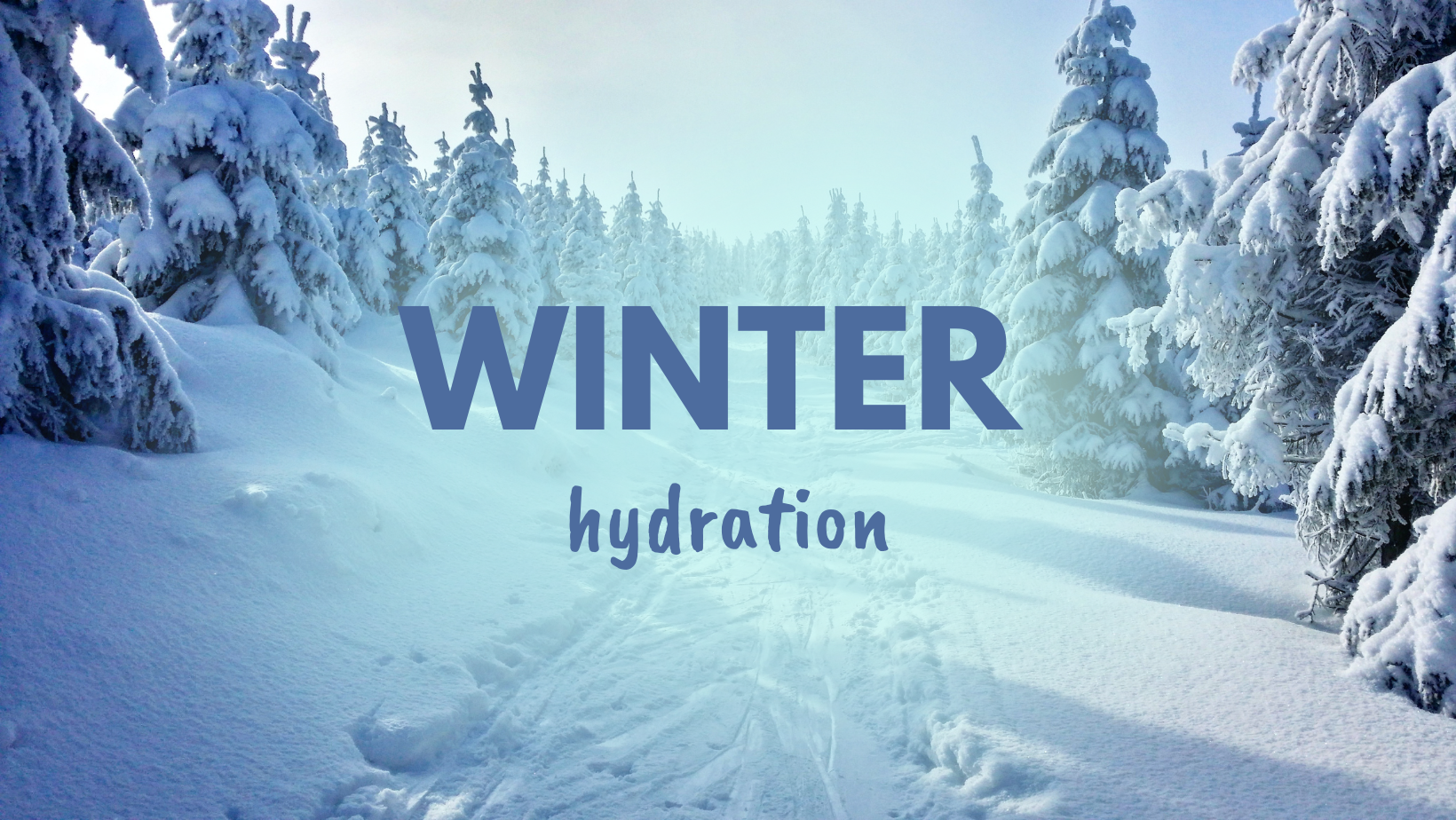
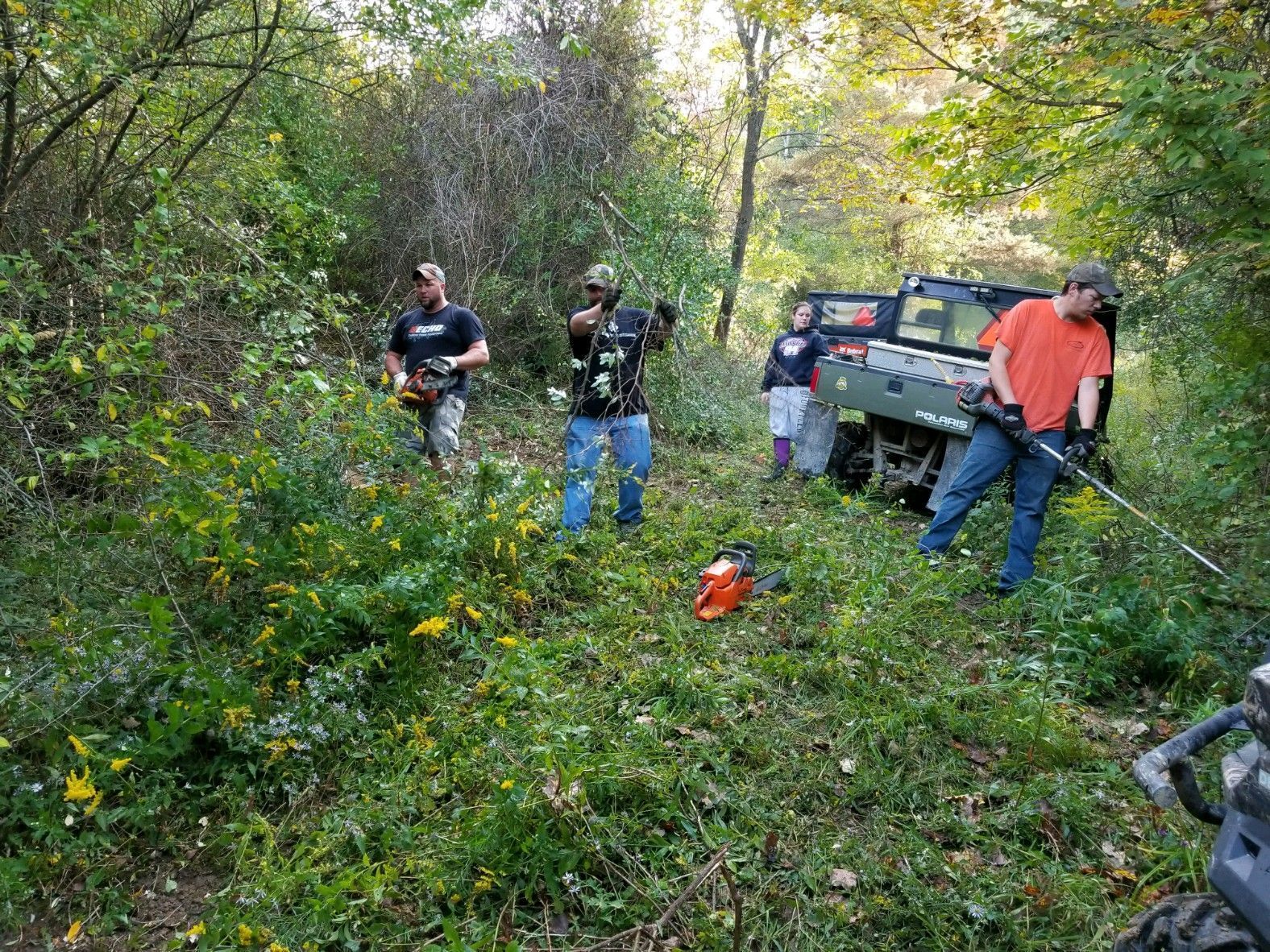
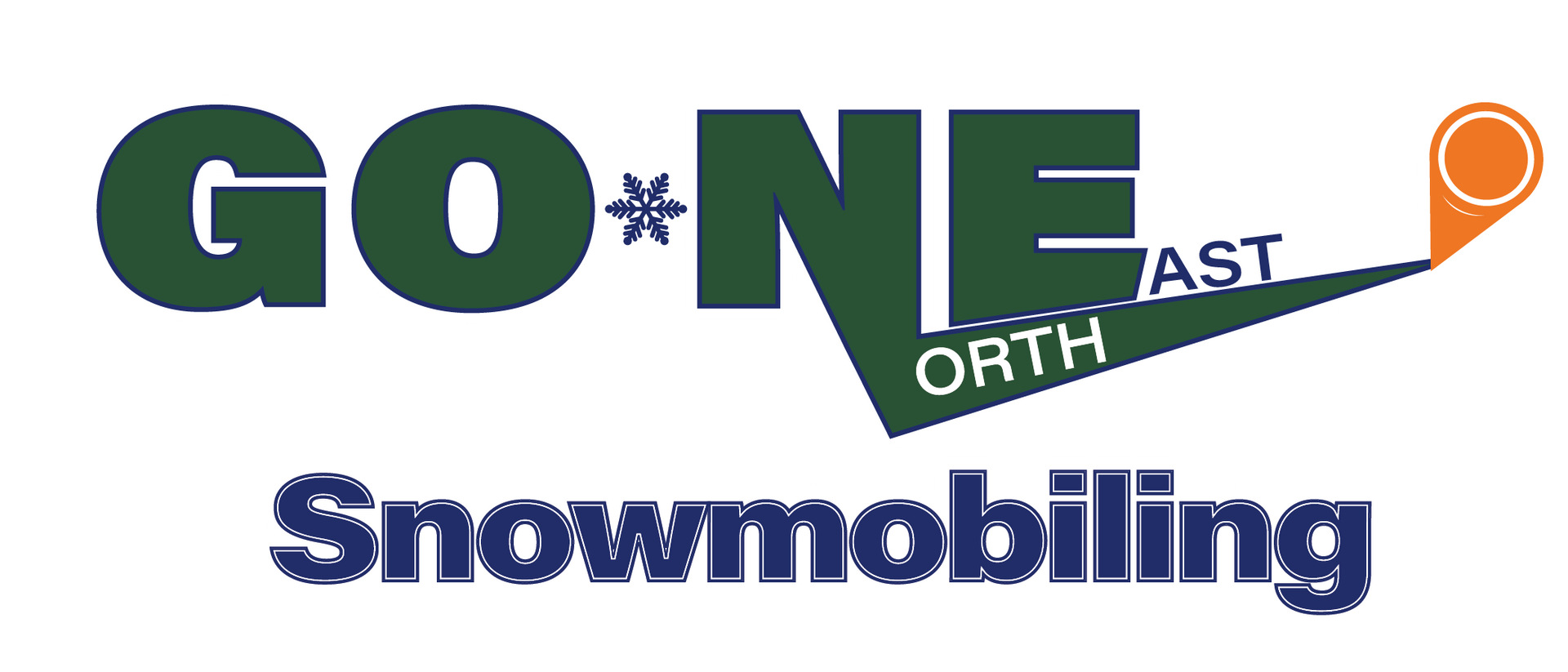
Planning Your Adventure Starts Here!
© Copyright 2023 Go Northeast Snowmobiling
QUICK LINKS
PLAN A TRIP
The content and information on this website have been provided for informational purposes only and are subject to change without prior notice. Website operators reserve the right to modify, update, or remove any content, features, or functionality. Changes may be made due to factors including, but not limited to, legal requirements, technological advancements, user feedback, and business considerations.

